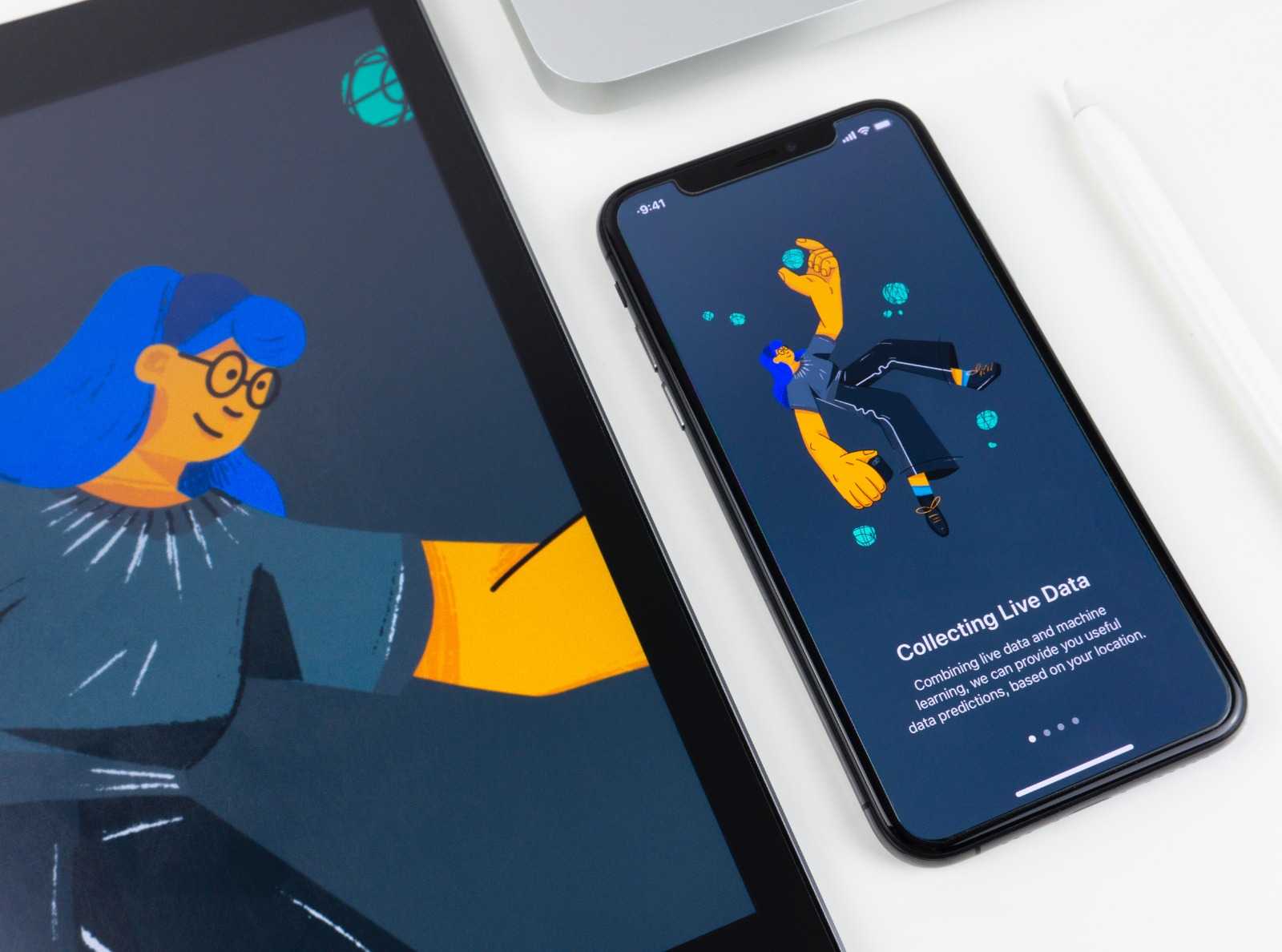
With the rapid growth of mobile technology and the increasing number of users accessing the internet through smartphones and tablets, designing mobile-optimized experiences has become an essential aspect of any successful web design strategy. Mobile devices present unique challenges and opportunities for designers, and it is crucial to understand how to create user-friendly and visually appealing interfaces that provide a seamless experience across different screen sizes. In this blog post, we will explore valuable tips and tricks for designing mobile-optimized experiences that will captivate and engage users.
1. Embrace Responsive Design:
Responsive design is the foundation of creating mobile-optimized experiences. It enables your website to adapt and adjust its layout and content based on the screen size and resolution of the device. By employing responsive design techniques, you can ensure that your website looks great and functions effectively on various mobile devices, from smartphones to tablets. Make use of flexible grids, fluid images, and media queries to create a visually consistent experience across different screen sizes.
2. Prioritize Content Hierarchy:
Mobile screens have limited real estate, so it’s vital to prioritize content hierarchy to deliver a clear and focused experience. Identify the key information or actions that users are most likely to seek and make them easily accessible. Use concise and scannable headings, clear navigation menus, and prominently display essential content. Minimize the use of large blocks of text and focus on concise and impactful messaging that conveys your message effectively.
3. Optimize Navigation:
Efficient navigation is crucial for mobile experiences. Keep your navigation simple, intuitive, and easy to use. Consider using hamburger menus, tab bars, or swipe gestures for navigation to save space and provide a seamless browsing experience. Limit the number of menu items and make sure they are large enough to be easily tapped with a finger. Incorporate breadcrumbs and search functionality to help users find their way around your mobile site.
4. Streamline Forms and Input Fields:
Filling out forms on mobile devices can be a cumbersome process. To optimize this experience, minimize the number of input fields and use smart defaults wherever possible. Implement input masks and validation in real-time to assist users in entering data correctly. Utilize autofill and autocomplete features to reduce typing efforts. Additionally, optimize the size of input fields and buttons to ensure easy and accurate tapping.
5. Optimize Page Load Speed:
Mobile users expect fast-loading websites. Slow page load times can lead to frustration and high bounce rates. Optimize your website’s performance by minimizing HTTP requests, compressing images, and leveraging caching techniques. Prioritize critical content to load first and defer non-essential elements. Use a content delivery network (CDN) to serve your content from servers closer to the user’s location, reducing latency.
6. Use Mobile-Friendly Typography:
Typography plays a crucial role in mobile design. Use fonts that are legible on small screens, ensuring sufficient contrast between the text and the background. Avoid using small font sizes, as they can strain the user’s eyes. Use a responsive font scaling technique to ensure that text adjusts according to the screen size. Consider the line spacing and line length to improve readability. Test the typography across different devices to ensure a consistent experience.
7. Design for Touch Gestures:
Mobile devices rely on touch gestures, so designing for touch interactions is essential. Ensure that buttons, links, and interactive elements are large enough to be easily tapped with a finger. Provide visual feedback, such as button animations or color changes, to indicate when a button is pressed. Avoid placing interactive elements too close to each other to prevent accidental taps. Test your designs on different devices to ensure optimal touch responsiveness.
8. Leverage Mobile-Specific Features:
Mobile devices offer unique features that can enhance the user experience. Leverage features like geolocation, camera access, push notifications, and touch ID/fingerprint authentication when appropriate. Incorporate mobile-specific interactions, such as swipe gestures, shake events, or device orientation changes, to create engaging and interactive experiences.
9. Test, Iterate, and Optimize:
Designing for mobile is an iterative process. Regularly test your designs on a variety of devices and screen sizes to identify and address any usability or performance issues. Gather user feedback and analyze user behavior to understand how people interact with your mobile experience. Use analytics tools to track important metrics such as bounce rate, conversion rate, and average session duration. Continuously optimize and refine your design based on the insights gained from testing and analytics.
Conclusion:
Crafting mobile-optimized experiences requires a thoughtful approach and a deep understanding of user behavior on mobile devices. By embracing responsive design, prioritizing content hierarchy, optimizing navigation, and considering mobile-specific features, you can create exceptional mobile experiences that captivate and engage users. Remember to prioritize performance, streamline forms, and design for touch gestures to ensure a seamless and delightful mobile experience. Stay up to date with mobile design trends, continuously test and iterate your designs, and keep user feedback at the center of your design process. With these tips and tricks in mind, you’ll be well on your way to designing mobile-optimized experiences that make a lasting impact.
Interested in knowing the art of collaboration? check out my previous post.
You can follow me on social media via the following links: IG, LinkedIn
View my portfolio on Behance.
